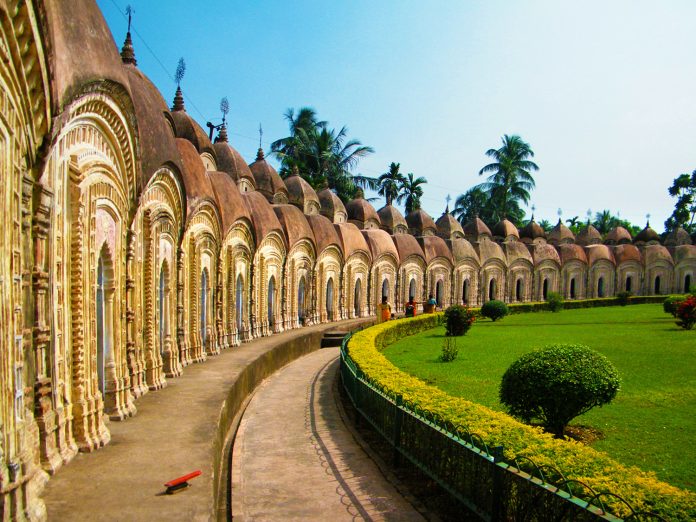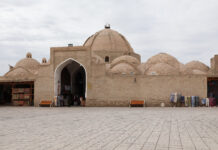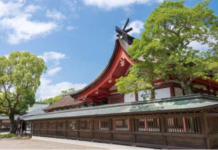
Meandering through a heritage district
Text Sonali Roy
Bardhaman, one of the districts of West Bengal, India, is truly ancient, with roots dating back to before 5000 BC. It is where history and the environment intertwine to offer a uniquely quaint, refreshing charm.
A stroll through the city will soon make you realise you are in the cradle of Nature and culture. The façades are inexplicably haunting – from the rekha-type deula temples, which are reminiscent of Bengali Hindu architecture, to the weather-beaten Hindu temples evoking religious sentiments belonging to the followers of Shaktism and Vaishnavism. In recent years, they have not only functioned as abodes of worship, but they have also proved to be compelling places of interest for visitors from around the world.
The Ramna Garden in the Golapbag area is a rare sanctuary inviting those with a taste for natural and ecological balance. King Bijay Chand Mahtab established Golap Bag, or the Garden of Roses, in 1884. Marvel at the numerous plant species here – an idyllic haven beautified by mango, casuarina and eucalyptus trees, among many others.

Built in remembrance of the Raj Estate of Bardhaman, this area is home to the Bardhaman Raj, the University of Burdwan, Krishna Sayar Park, the Science Centre, and the Meghnad Saha Planetarium – named after the great Indian astrophysicist. All these places are in the district town, a few steps from the railway station, although the growing influence of modernism has yet to infringe on their harmony and authenticity.
Winter at the vibrant Krishna Sayar Park is a wonderfully pleasurable experience. The place where the king of Bardhaman used to rest, it boasts a remarkable scenic beauty, a crystal-clear lake that offers boating opportunities, as well as a wealth of lush greenery. In the vicinity of the University of Burdwan, you’ll find the R.K. Catering Service Centre, where you can enjoy delicious and affordable vegetarian and non-vegetarian dishes in an old-fashioned alfresco setting.

The university campus is also well worth a visit. Students are blessed with a serene environment for learning, with the lush greenery and birdsong creating a tranquillity that is surely inspiring. The scenic beauty is truly remarkable: the architectural values, the garden of roses, the boat on which the queen once enjoyed her pleasure trips – a soothing symphony for the senses.
No more than 15 minutes by minibus, and you will find yourself at Nawabhat’s temple complex, which comprises 108 Shiva temples built in 1789 by the then queen of Burdwan. There is a pond in the middle of the complex on which an idol of Lord Shiva stands. The auspicious Hindu festival of Maha Shivratri and the local mela (fair), which runs from mid-July to the first of August during the Bengali month of Sawan, is a particularly good time to visit.

There is another complex of 108 Shiva temples at Kalna, which is about an hour and a half by road from town. A blend of history, Nature, and engineering marvels, the complex houses the spectacular Sarbamangala Devi Temple, along with its famed 2,500-year-old idol, built in 1702 by Kirtichand Roy, the then Maharaja of Burdwan. The temple is located on the banks of the Banka, a tributary of the river Damodar. There is also a guesthouse nearby, and beside it, a beautiful garden accompanies the complex, along with the Tarakeswar, Chandreswar, Rameswar, and Mitraswar Shiva temples.
A further 90 minutes from Bardhaman takes you to the Silampur Road in Panagarh where you’ll find a recently renovated dam across the Damodar. The area surrounding the dam has many wonderful picnic spots that can be enjoyed during the winter season. Here, local residents engage themselves in meditation, leaving the hubbub of town life behind. Away from the pollution and crowds, the green reigns supreme, and the beauty of Nature is a tonic for the soul.
For more stories and photos, check out Asian Geographic Issue 112.










